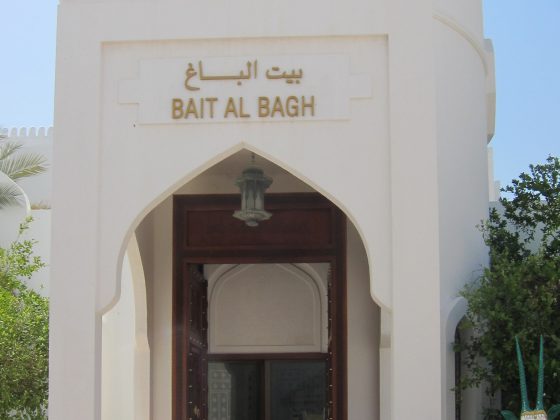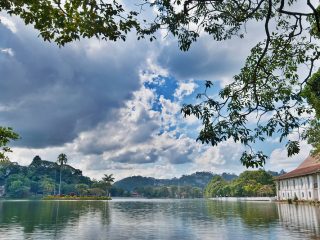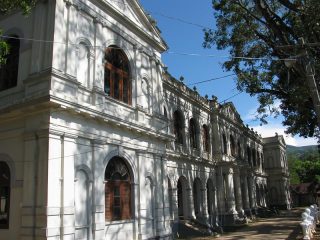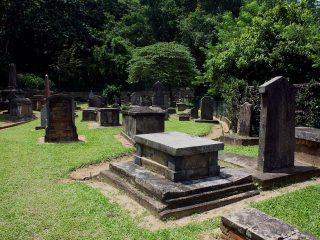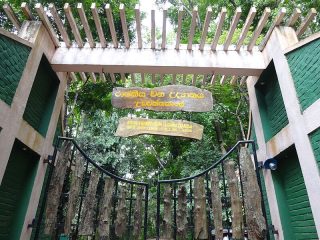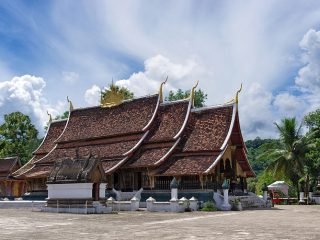![Sigiriya Rock | Image Credit: By Bernard Gagnon (Own work) [GFDL or CC BY-SA 3.0], via Wikimedia Commons](https://www.wellknownplaces.com/blog-data/uploads/2017/06/1024px-Sigiriya-1024x768.jpg)
The massive rock initially contained a monastery of sorts, and was a gathering place for monks, serving as a religious retreat of sorts. The massive fortress/pleasure-palace whose ruins still remain was built further down the line, sometime towards the latter half of the 5th century, by King Kashyapa, who was one of the songs of King Datusena. The other son was Mogallana, whose mother was one of the most desirable of the King’s queens, while Kashyapa’s mother was a lesser consort. After the King declared Mogallana as the next ruler, Kashyapa led a rebellion that led to the exile of his brother, and the murder of his father.
After usurping the throne through brutal means, King Kashyapa garnered significant unpopularity. As a result he chose to move the capital city to a more fortified location, and Sigiriya rock was chosen as the setting. Incredibly, the citadel in the sky was built within a span of only seven years, an astonishing accomplishment given the era. Even the grounds leading up to the rock were transformed into a breath-taking example of landscaping, with large rock pools and beautiful walkways.
Perhaps the most identifiable attribute of the Sigiriya Fortress are the frescoes that adorn the walls of the walkway. These are iconic of Sri Lanka and depict the beautiful women of King Kashyapa’s court.
If you ever find yourself in Sri Lanka, a visit to Sigiriya is an essential experience.
Roland Lefevre is a travel writer who specializes in creating features on leisure as well as business travel destinations across the globe. Google+

![Sigiriya Rock | Image Credit: By Bernard Gagnon (Own work) [GFDL or CC BY-SA 3.0], via Wikimedia Commons](https://www.wellknownplaces.com/blog-data/uploads/2017/06/1024px-Sigiriya-800x600.jpg)

